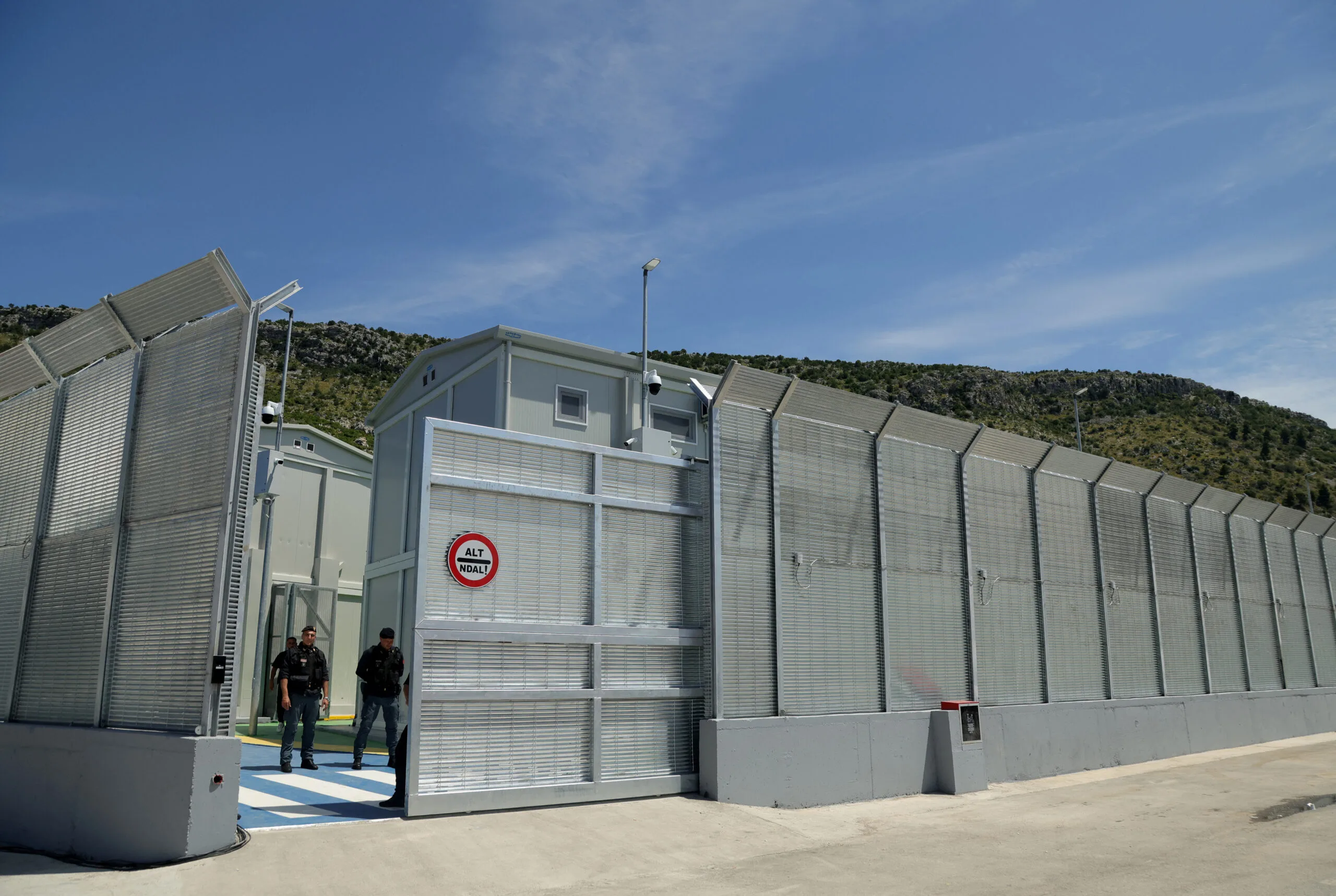Brussels – As the Italian government meets to enact a decree to override the Rome court ruling and save the “Albania model,” Brussels takes one step toward Rome and one step to the side: “We need to work on a common list of safe third countries, it is expected,” European Commission spokesmen let them know. To reiterate, however, what EU Home Affairs Commissioner Ylva Johansson has already stated: “The measures taken by the Italian authorities must fully comply with EU law and treaties and must in no way undermine their application.”
It is precisely the concept of safe countries that has blown up Meloni’s controversial plan to divert asylum seekers to Albania. There is no common list of countries of origin considered safe in Europe—the executive led by Jean-Claude Juncker had tried unsuccessfully in 2015—but there are limits within which member states are allowed to draw up their own lists.
According to Directive 2013/32, “a country is considered to be a safe country of origin if, based on its legal status, the application of the law within a democratic system, and the general political situation, it can be demonstrated that there is generally and consistently no persecution (…), no torture or other forms of inhuman or degrading treatment or punishment, and no danger from indiscriminate violence in situations of internal or international armed conflict.” Based on that directive, on October 4, the European Court of Justice ruled that a third country, to be defined as safe, must be safe in every part and without exception.

The Roman magistrates on whom the fury of the Italian right is bearing down have applied EU jurisprudence: Bangladesh and Egypt, the countries of origin of the 12 migrants bounced between Italy and Albania, were added to the list of safe countries by the Italian government last May 7, but the same Meloni executive had recognized and formalized some of their limits. Limits, however, which—unlike for entirely safe countries—do not allow Italian authorities to divert migrants to Albanian centres and speed up the procedures for examining asylum applications.
In her letter to the EU heads of state and government ahead of the European Council last week, Ursula von der Leyen announced that the Commission will review “within the next year the concept of designated safe third countries.” But a substantial revision is already foreseen in the new Migration and Asylum Pact, adopted painstakingly by the 27 last spring: there is a regulation in the Pact that effectively repeals the directive in question and admits the possibility of partially safe country designation.
However, the Pact will be implemented two years after its adoption, starting in June 2026. Too long, given how much political credibility Giorgia Meloni bet on the protocol with Albania. That’s a tough nut to crack for the premier because until then, Directive 2013/32 will remain in force, and the EU Court of Justice’s October 4 ruling will dictate the line. Until then, Italy will have to “fully comply with EU law and treaties” without “undermining their application in any way,” warned Anitta Hipper, spokeswoman for the European Commission.
For Meloni, there are two paths. In the short term, she can unilaterally revise the national list of safe countries by forcing the European directive to verify actual security by the competent authorities and not directly by the Council president, or wait for Ursula von der Leyen to come to her rescue, determined more than ever to leave room for “innovative solutions” by European governments to stop irregular migration.
English version by the Translation Service of Withub

![La presidente del Consiglio, Giorgia Meloni (a sinistra) con i leader di Danimarca e Cipro in un momento che precede i lavori del vertice dei capi di Stato e di governo dell'Ue [Bruxelles, 17 ottobre 2024. Foto: European Council]](https://www.eunews.it/wp-content/uploads/2024/10/meloni-241017-350x250.jpg)
![Il ministro degli Esteri, Antonio Tajani, al pre-vertice del Ppe [Bruxelles, 17 ottobre 2024. Foto: Emanuele Bonini]](https://www.eunews.it/wp-content/uploads/2024/10/tajani241017-350x250.jpeg)




